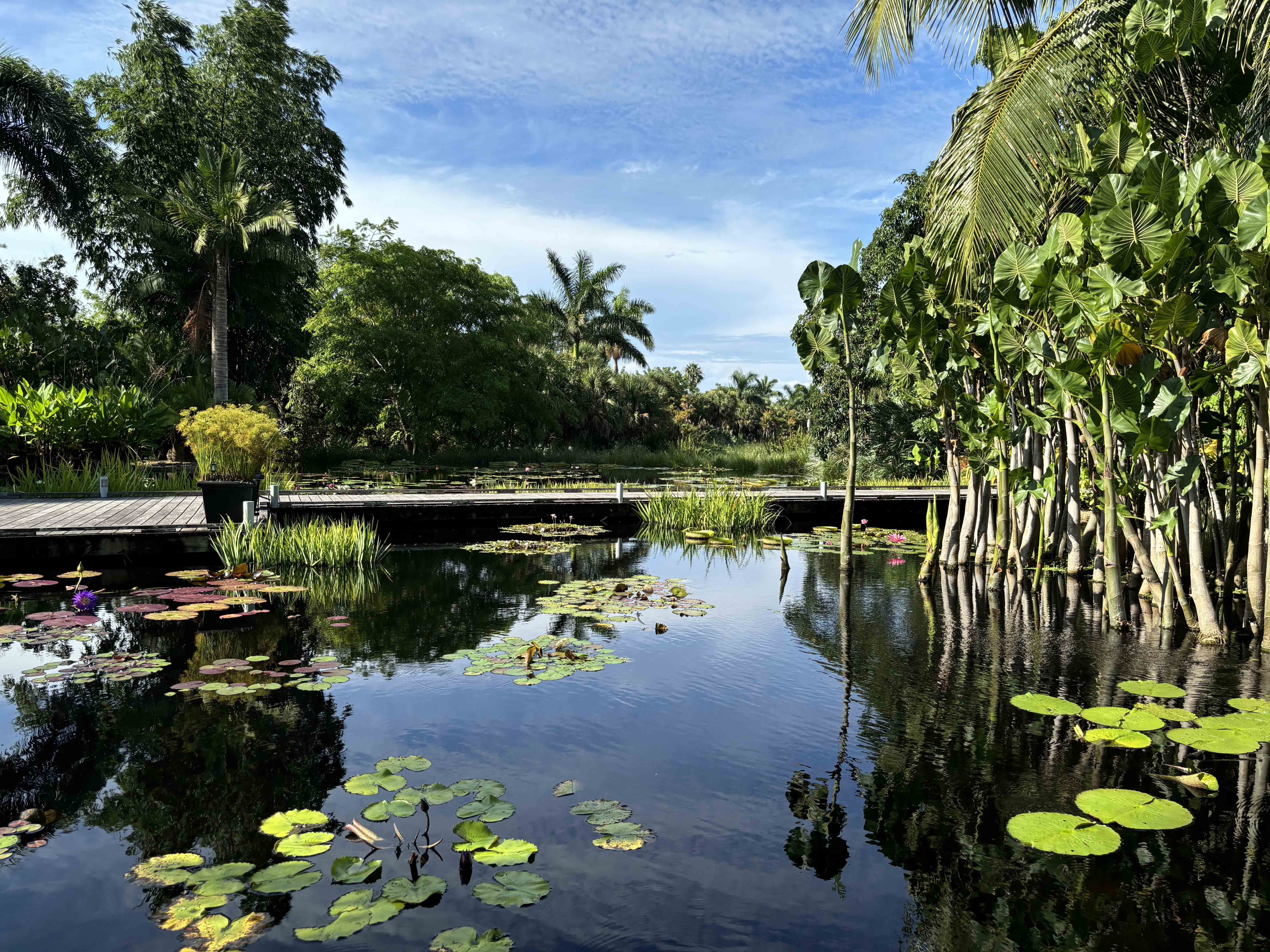
Naples Botanical Garden in Collier County, Florida, is an example of a garden that demonstrates scientific research, conservation, display, and education.
If you’ve worked in the landscape architecture field for long, you’ve likely noticed that landscape architects often struggle with plants. Plants are one of the primary materials in our palettes, but they’re often undervalued by clients and the profession. Most landscape architects don’t learn much about planting at university. Unless you get a lot of early planting experience or mentorship, it can be difficult to learn much about planting design from behind a computer.
Fortunately, landscape architects’ attitudes towards planting are slowly changing. High-profile planting design projects such as the High Line and larger conversations around ecological performance are forcing landscape architects to acknowledge the value of thoughtful planting design. As the legislation increasingly restricts planting choices and climate change affects plant availability and survival, landscape architects are increasingly stretched beyond standard street tree lists and the cheapest standard groundcovers.
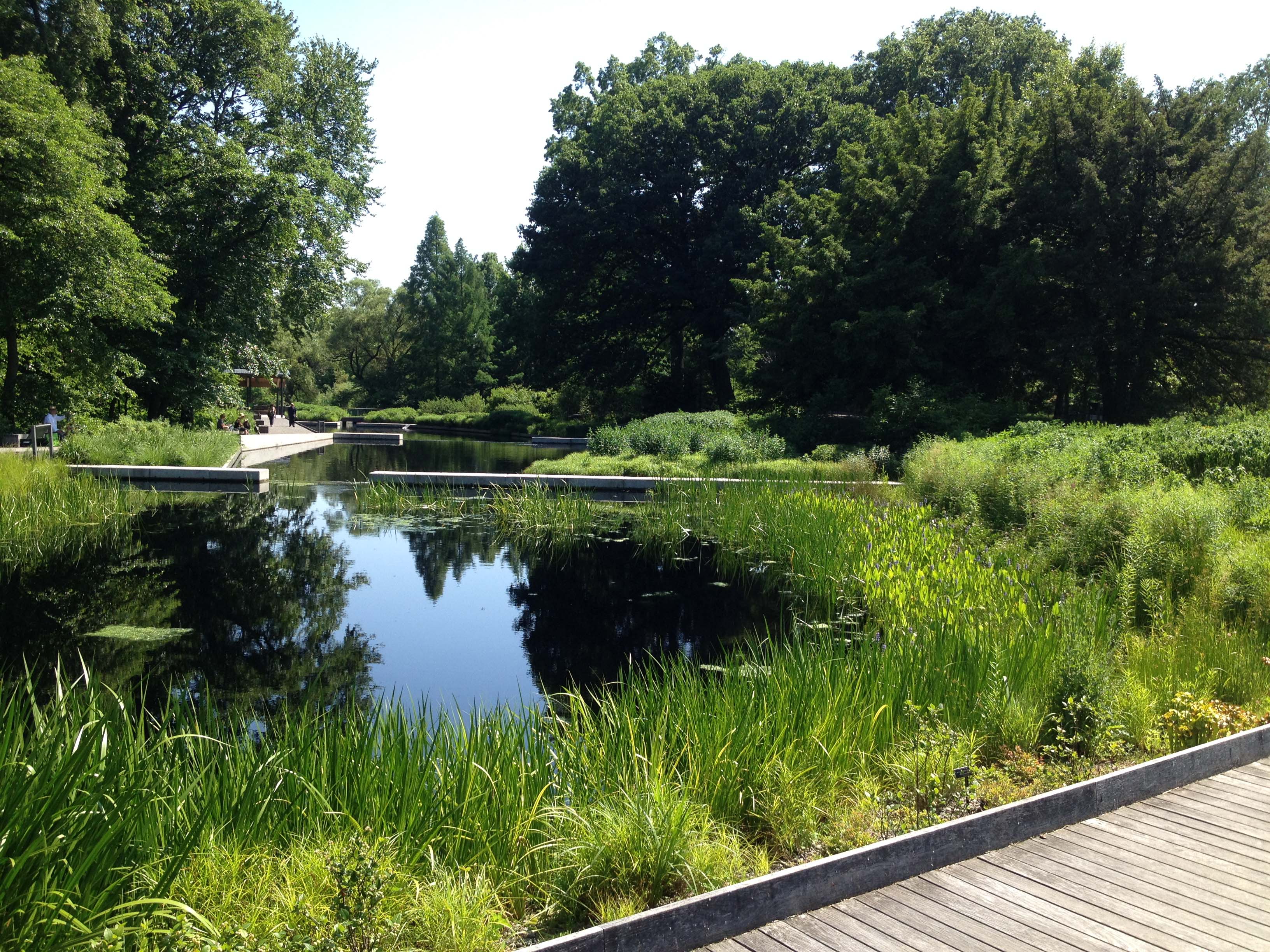
The Native Plant Garden at New York Botanic Garden was designed by OvS and Eric D. Groft, Landscape Architecture, to display the plants typical of northeastern US ecosystems.
So you want to get better at planting. Where should you go? Start at the cultural institutions dedicated to plants: botanic gardens.
If you’re not a garden geek, you might think of botanic gardens mostly as places to go for a nice day out. Hopefully, they have a cafe, shade, good places to sit. But that term “botanic” signals something important* – a botanic garden isn’t just for looks.
According to Botanic Gardens Conservation International(BGCI):
“Botanic gardens are institutions holding documented collections of living plants for the purpose of scientific research, conservation, display, and education”
Gardens with this “botanic” designation go beyond providing beautiful experiences. They hold living collections and build knowledge about plants. They’re a great place for you to learn from networks of experts.
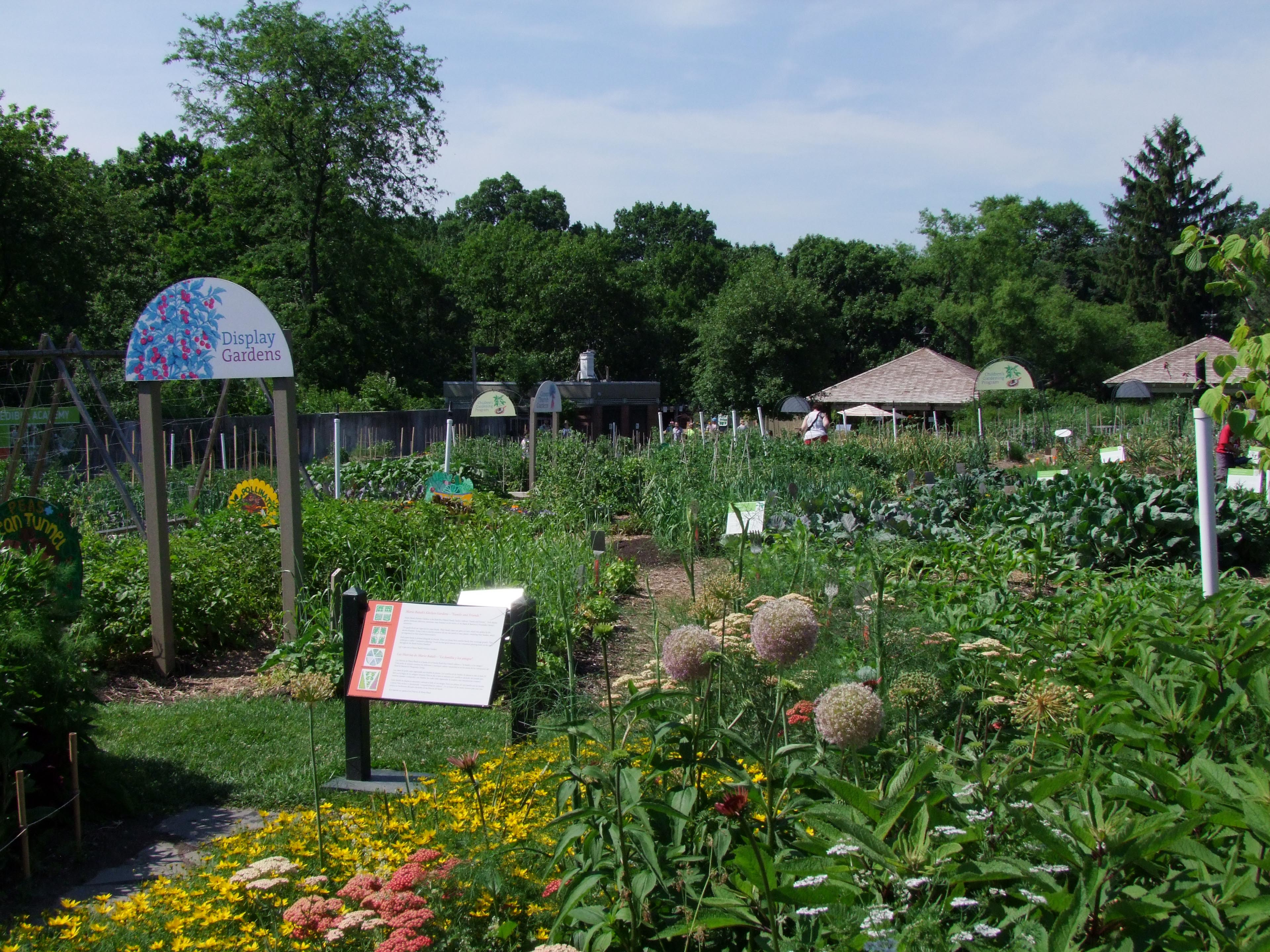
At Brooklyn Botanic Garden, multicultural display gardens incorporate the traditional crops of different communities that live in the region.
Maybe the most obvious way landscape architects can learn from botanic gardens is by experiencing them as visual and physical references. Visit your regional botanic garden at different times of day and different times of year. Observe what plants grow, what conditions they need, how they look at different stages in their lifecycles.
Pay attention to different ways that plants are managed. How are they pruned? How does that affect their appearance? Visiting and paying attention is the first step. Do it soon, repeat often!
Don’t just look at the plants. Pay attention to how the infrastructure of the garden is designed to support different communities. While botanic gardens are often operating in the wake of challenging colonial legacies, many are actively working to broaden the scope of people they serve – and removing barriers to communities that have previously been excluded. Botanic gardens are leading in efforts at decolonialism through interpretation and outreach. At Naples Botanic Garden in Naples, Florida, signage is now multilingual (English, Spanish, Haitian) to make interpretation easier for a wider range of people in the community with different languages.
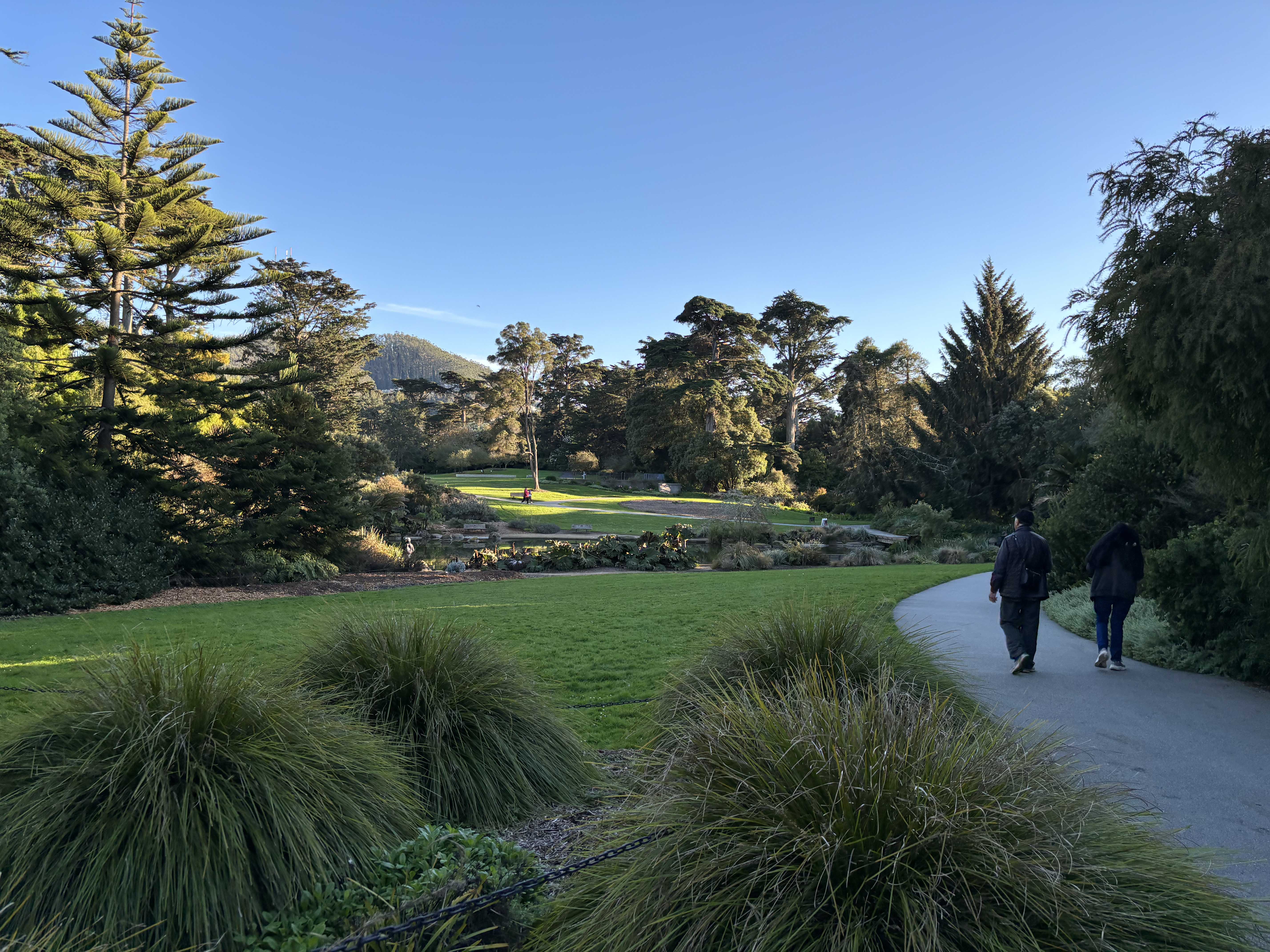
San Francisco Botanical Garden serves as an essential public space for recreation while also displaying the diverse global plant palette that grows in the Bay Area.
Beyond learning through the garden experience, find out how you can learn from the experts on staff at the botanic garden. Botanic gardens have the greatest concentration of expertise about plants that you’ll encounter in one place. Attend their public lectures, classes and workshops. Hire botanic garden experts to talk to your studio or consult on specific projects. Volunteer, if you can, for a hands-on experience.
In my experience, gardens – especially botanic gardens – tend towards cultures of generosity. People happily share their time, their knowledge, sometimes even their plants. But to be respectful, you need to reciprocate with your own surprising kindness. As landscape architects, we’re used to our own expertise being undervalued. When you’re engaging with horticulture professionals, make sure that you are fairly compensating experts for their knowledge. Support your regional botanical gardens as you can professionally and personally. As generalists, landscape architects are strongest when we’re enmeshed in networks of experts. Root into your local botanic garden – grow yourself as a professional and contributor to your community.
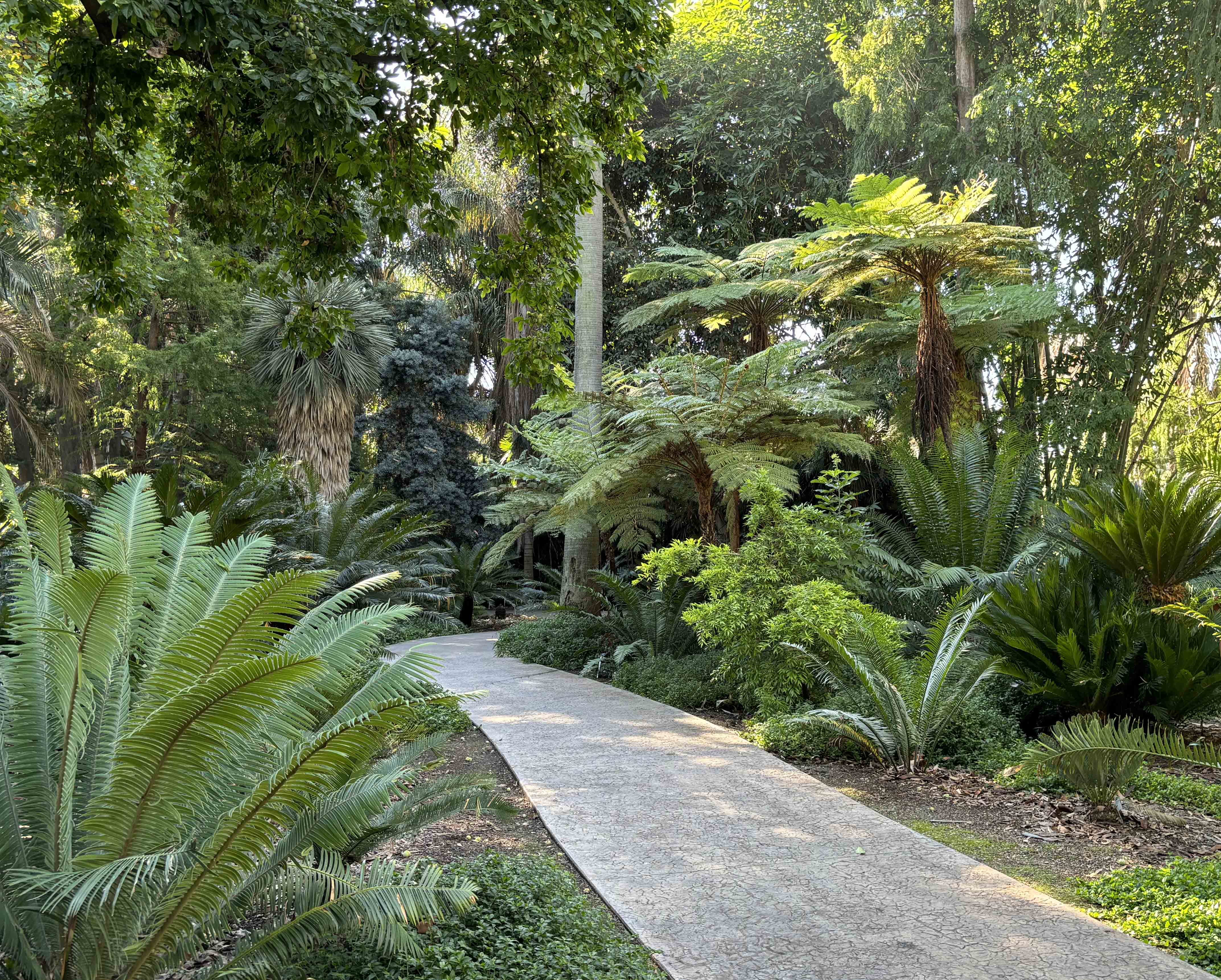
Botanic gardens often demonstrate a range of plants that might not be expected to grow in a region – such as these cycads and tree ferns at the LA Arboretum. Horticultural care makes it possible for these species to thrive in unexpected regions.
*The term “botanic garden” is used differently in the United States versus the United Kingdom. In the United States, it’s typically used as defined by BGCI. In the United Kingdom, the usage is often more specific – designating gardens using species (rather than horticultural forms or cultivated varieties) arranged to reflect scientific classification.
Published in Blog, Cover Story


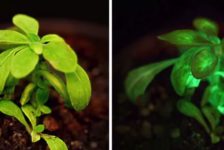


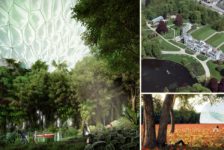

![Fill for Habitat [Video]](https://land8.com/wp-content/uploads/2022/07/land8-cover-224x150.png)
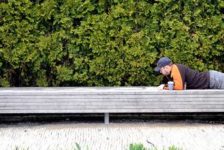
Scott Douglas
As a landscape architect who ended up as the director of a university horticulture garden, I couldn’t agree more. LA’s need to get more familiar with plants… I myself struggle to keep up with our collection, I don’t know how our horticulturists do it.